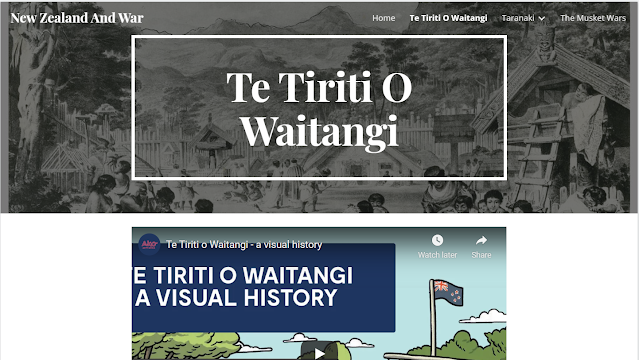Reflective entry 3: Demonstrate a critical understanding of how indigenous knowledge and cultural responsiveness inform your practice and research topic
Tataiako (Ministry of Education, 2011) explains the key Cultural Competencies for Māori learners as Wānanga, Whanaungatanga, Manaakitanga, Tangata Whenuatanga, Ako. These key values underpin and inform my practise as a teacher.
Wānanga: participating with learners and communities in robust dialogue for the benefit of Māori learners’ achievement.
Whanaungatanga: actively engaging in respectful working relationships with Māori learners, parents and whānau, hapū, iwi and the Māori community.
Wānanga and whanaungatanga are possibly the more significant values that permeate my research and practice. The success or failure of any innovation is decided on with the quality of positive partnerships with those who are a part of the community invested in the education of the learners. Masturah and Cazden (Ismail & Cazden, 2005, p88) observe that “culture cannot be ‘added on,” or simply appended to existing school curriculum.” This runs the risk of institutionalising culture to what is visible and essential without including the deeper and more complex holistic nature of indigenous culture (Obgu & Matute-Bianchi, 1986, p73-142). This brings my attention to wanting to develop more than just appreciation for Māori culture but to integrate it as a living part of education and the learners that come through my classroom.
Tangata Whenuatanga: affirming Māori as Māori, is another value to align with my practice. Understanding the vital role of language in Māori learners identity and providing opportunities for language to be central to their success is one avenue that I want to be available in my practice to strengthen my curriculum (Ismail & Cazden, 2005, p 89). I am painfully aware that I need to improve my own te reo for this to become an option. But in partnering with the kura to assess te reo submissions, will allow the ākonga to express their learning in a way where they can be successful, likewise providing me with the opportunity to further my learning and value for the language that is central to their identity.
“Matauranga refers to education and intuitive intelligence, and is linked to the divine. Hinengaro is the mind, the thinking, knowing, perceiving, remembering, recognising, feeling, abstracting, generalising, sensing, responding and reacting (Pere, 1991, p. 32). In this light, Māori knowledge informs us about why Māori might be highly motivated to take up information technology and why concepts of information technology, as its industry sees it, are not only accessible to Māori but even simplistic.” (Kamira, 2003, p 466)
Striving to put culture, story and history back in the hands of Māori to share with others is part of what drives my curriculum shift. Giving the opportunity to Māori learners to share their knowledge with a wider audience will potentially give them agency and purpose to creating digital outcomes. Kamira (2003) notes that unless Māori move from a passive role to mastery, we will not see the long-term impacts that information technology can have on the socio-economic status of people, therefore, promoting curriculum shifts in information technology is essential.
Tame iti observed the inability to move between cultures is a disadvantage (Inside New Zealand, 2002). Giving students the tools to be able to cross the cultural divide now and in the future, will open up opportunities for them when they leave school to be able to participate in the growing information technology immersive environment that they are growing up in.
The OECD (2001) gives a definition of the digital divide that includes the differences between individuals, households, companies, or regions related to the access and usage of ICT. The concerns being that of the information divide between users of internet based applications. My space is well set up to bridge that gap for users that belong to the school, and I would like to look at how I can support the Kura to provide access to the students when they’re not in my classroom to become more confident users and creators of technology.
References:
Inside New Zealand. (2002). 2050: Tino Rangatiratanga. Broadcast on TV3
Ismail, S. M., & Cazden, C. B. (2005). Struggles for Indigenous Education and Self-Determination: Culture, Context, and Collaboration. (Education Collection ed., Vol. 36, 1). Anthropology and Education Quarterly.
Ministry of Education. (2011). Tātaiako. Crown Copyright.
Obgu, J. U., & Matute-Bianchi, M. E. (1986). Understanding Sociocultural Factors: Knowledge, Identity, and School Achievement. In Beyond Language: Social and Cultural Factors in Schooling Language Minority Students. (California State Department of Education, ed ed.). California State Department of Education.
OECD. (2001). Understanding the Digital Divide. Paris: OECD. Retrieved from www.oecd.org/dataoecd/38/57/1888451.pdf.


Comments
Post a Comment